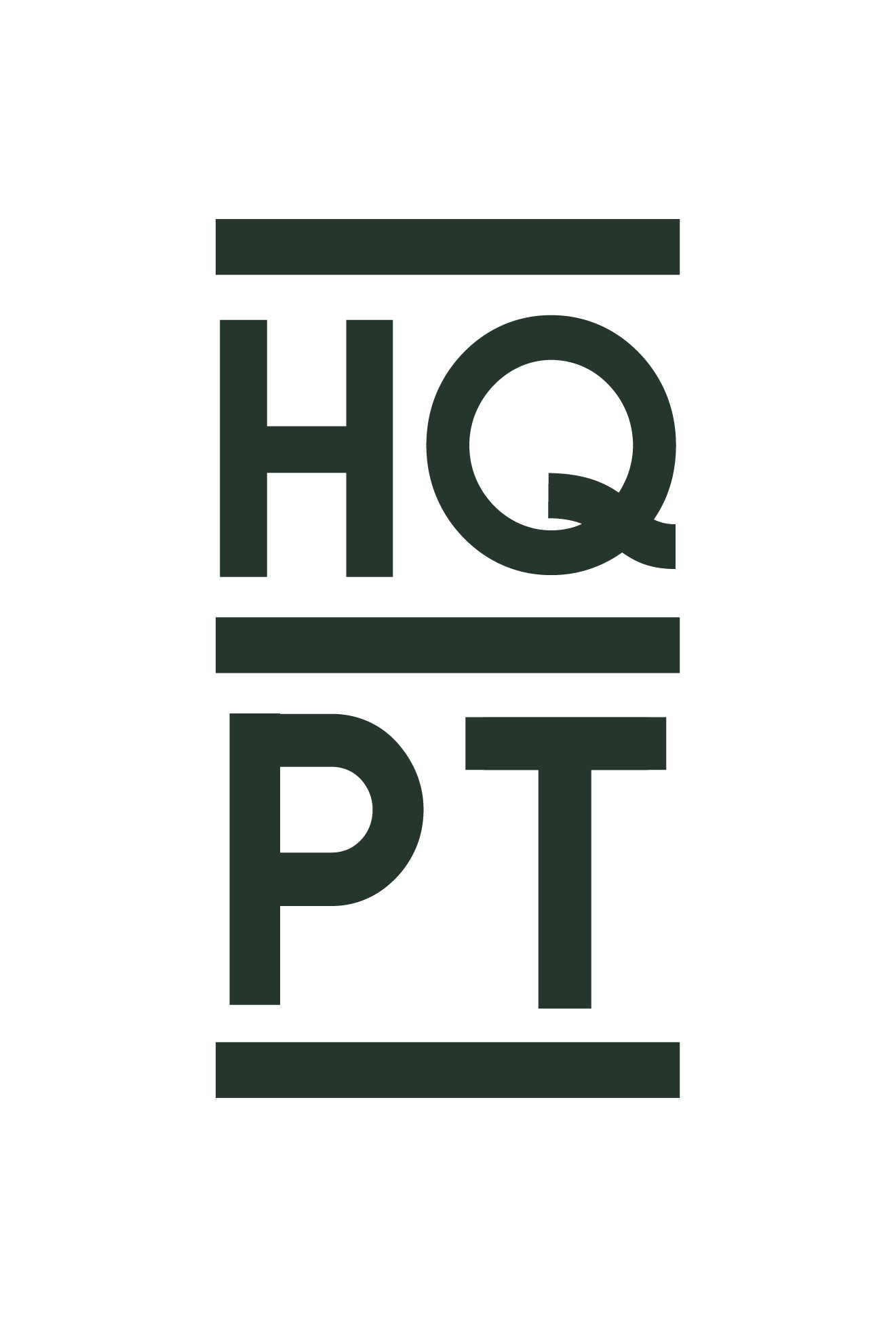WHY TRUTH MATTERS IN REHAB
It’s undeniable that the “self-care, DIY rehab” market has been growing exponentially over the past few years. And it makes total sense why. As a society we have adopted sports specialization in our earlier years, busier schedules in our middle years, and active lifestyles in our later years.
As a result of our general increase in physical activity and decrease in spare time treatment modalities such as cupping, theragunning, instrument assisted scraping, K-tape, manipulations and mobilizations, foam rolling, electric stimulation, and ultrasound have become increasingly popular as our innate human desire to find answers and “fixes” to problems have left us grasping at straws.
These modalities, all of which are passive, tend to supply a treatment narrative surrounding creating cellular and physiological changes to the body in an effort to expedite or optimize the natural healing process. The claims range from “breaking tissue adhesions” to “increasing cellular permeability” to “reducing inflammation/improving lymphatic drainage”.
Before we go any further, let us be clear about one thing: you, as an individual, are free to seek any treatment that you please. If you find satisfaction in foam rolling after your long runs or between heavy sets of squats you are more than welcome to do so and no one should tell you otherwise. The issue we take with these approaches is the narratives that people have been supplied for these methods and the codependency they tend to create in the person. We’ve all heard this before (and perhaps from our own mouths):
“I can’t workout without foam rolling for at least 15 minutes.”
“I need to K-tape my knee before I can go for a run.”
“I need my electric stimulation unit to recover from a hard day at the gym.”
The fact of the matter is that passive modalities still lack a robust amount of convincing research to back up their claims. There is no denying that a massage might feel good, or having a practitioner you trust put those cups on you might make you feel something different than the discomfort you feel from some hard training, but as it stands the “magic” of manual therapy techniques lies more in the relationship between practitioner and patient and the power of human touch.
Why does this matter?
As healthcare providers it is our responsibility to be honest with our patients. Our patients come to us frustrated, in pain, and struggling to do the things they love on a daily basis. In short, our patients come to us wanting to learn how to FUNCTION at a higher capacity than they currently are. The best way to improve someone’s functional capacity of movement is...MOVEMENT.
Imagine you have a significant, life-threatening illness. It’s probably safe to assume that you would expect the providers who are trying to help you to give you honest answers about the treatment they bring to the table. Feelings aside, no one really has the time to waste on treatment that is not efficacious. If you wouldn’t accept a false narrative about treatment from your neurosurgeon or oncologist then you shouldn’t be willing to accept one from your physical therapist or dietitian either.
What’s wrong with feeling good?
NOTHING. Nothing is wrong with feeling good. But improving human performance and reducing injury risk takes a lot more than feeling good. And to charge an arm and a leg for a tool or treatment that does not do what it claims to do is dishonest.
So if you currently engage in any or all of those aforementioned modalities you are more than welcome to continue doing so. Our hope, however, is that you are still able to find the time to exercise regularly, sleep soundly, eat nutritiously, and engage in stress-reducing activities.
We recognize that this is a hot topic of discussion. If you would like to engage in further discussion or if you are currently trying these tools out and not seeing the results you want please contact us for help. We sit on 3 pillars of care: Quality, Education, Outcomes. All 3 of those pillars will be delivered with the utmost honesty.
And if you have a question that we don’t know the answer to, we will be honest about that as well.
Tommaso, G., Antonello, V., Marco, M., Marco, T., Giacomo, R., Manual therapy: Exploiting the role of human touch, Musculoskeletal Science and Practice (2019)

